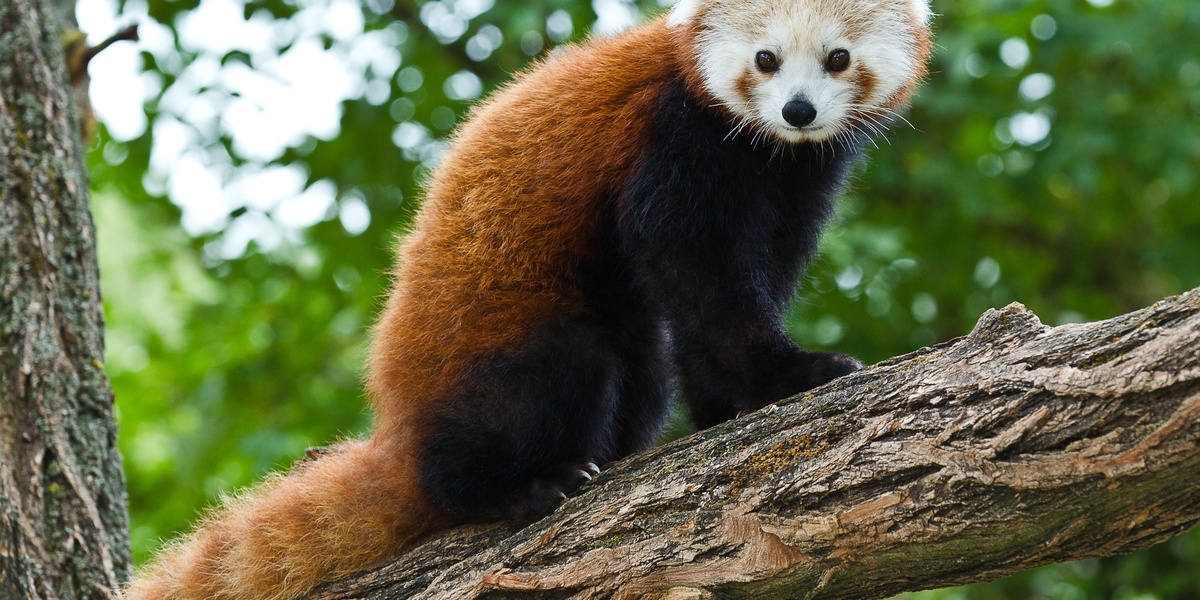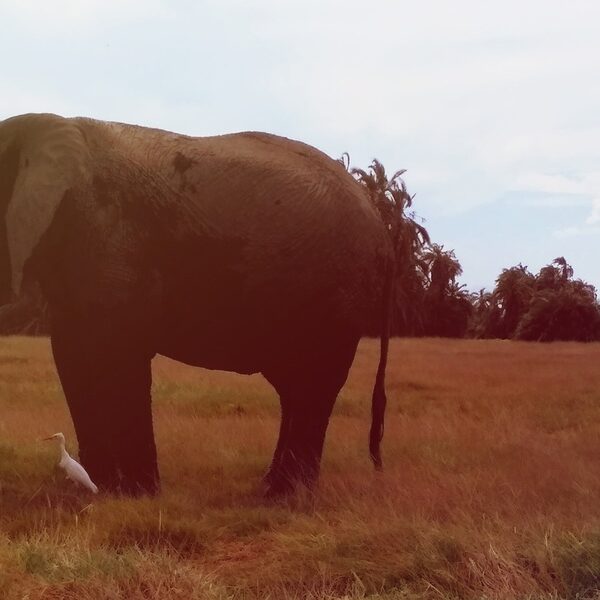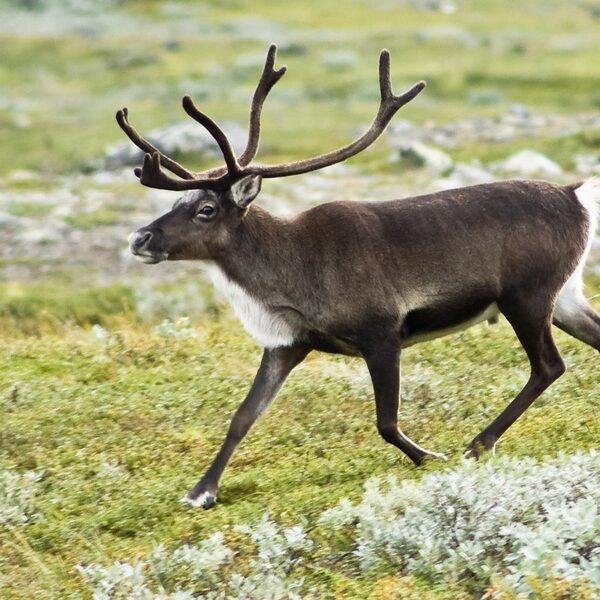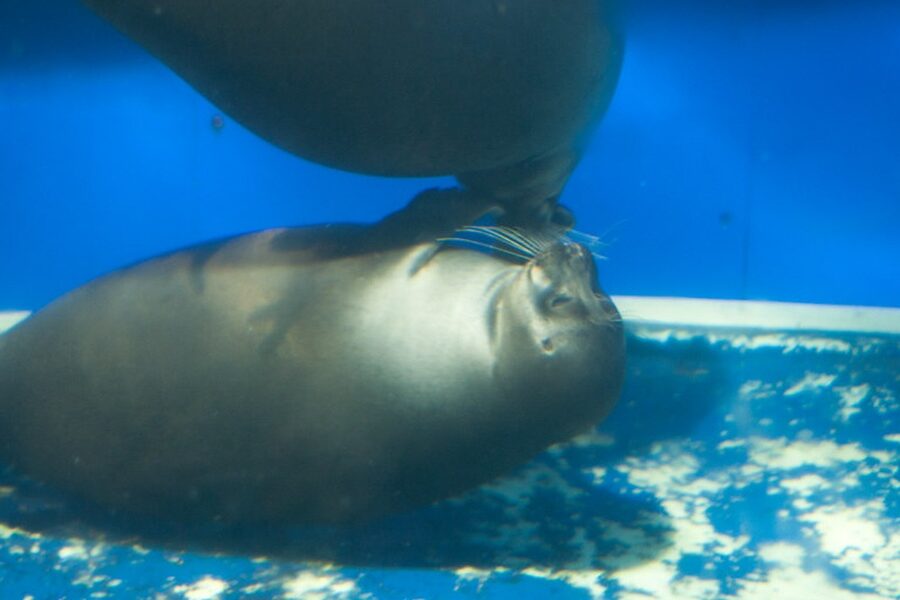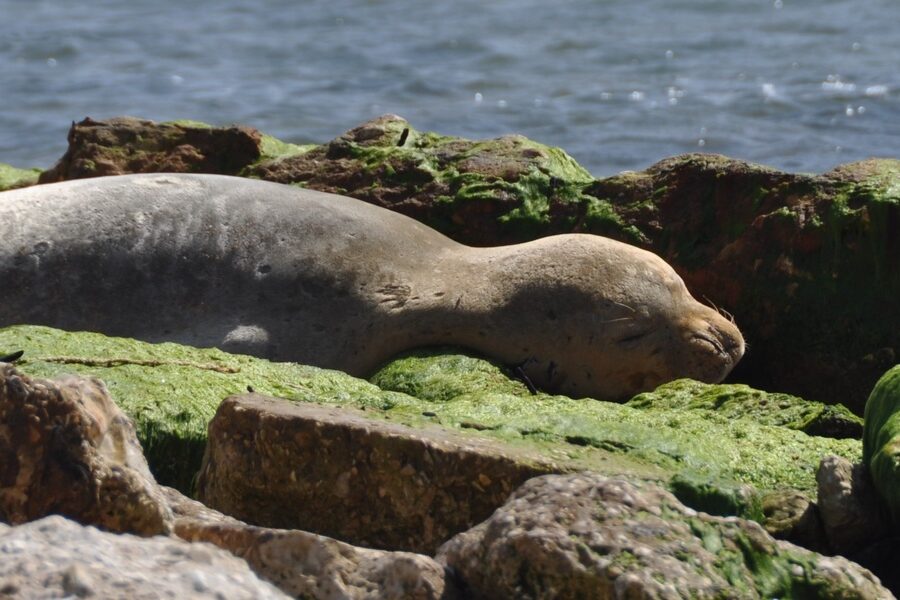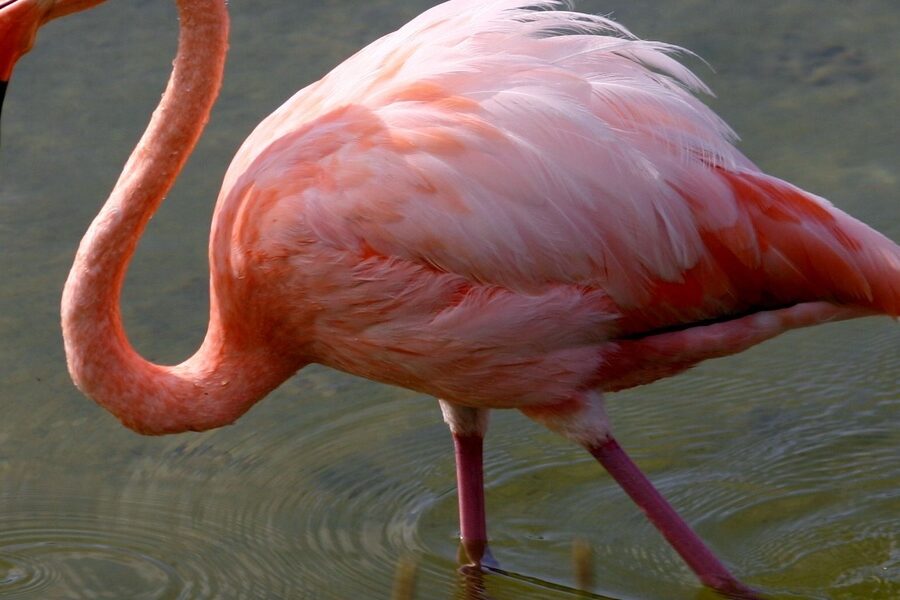When British zoologist Thomas Hardwicke described the red panda in the early 19th century, few people outside Asia had ever seen its ringed tail or masked face.
Why should you care about this small, russet-coated mammal? Habitat loss and fragmentation are shrinking the temperate forests it depends on, while its curious biology—like a pseudo‑thumb and a largely bamboo diet—makes it both specialized and vulnerable. Adults typically weigh about 3–6 kg and live roughly 8–14 years in the wild, helping explain why population declines matter for long-term survival.
This article explains ten defining characteristics of the red panda—biological traits, behaviors, and conservation challenges—that make it a unique, vulnerable species worthy of attention.
Below are ten characteristics of a red panda, grouped into three categories: physical traits, behavior & ecology, and conservation & human interactions.
Physical traits
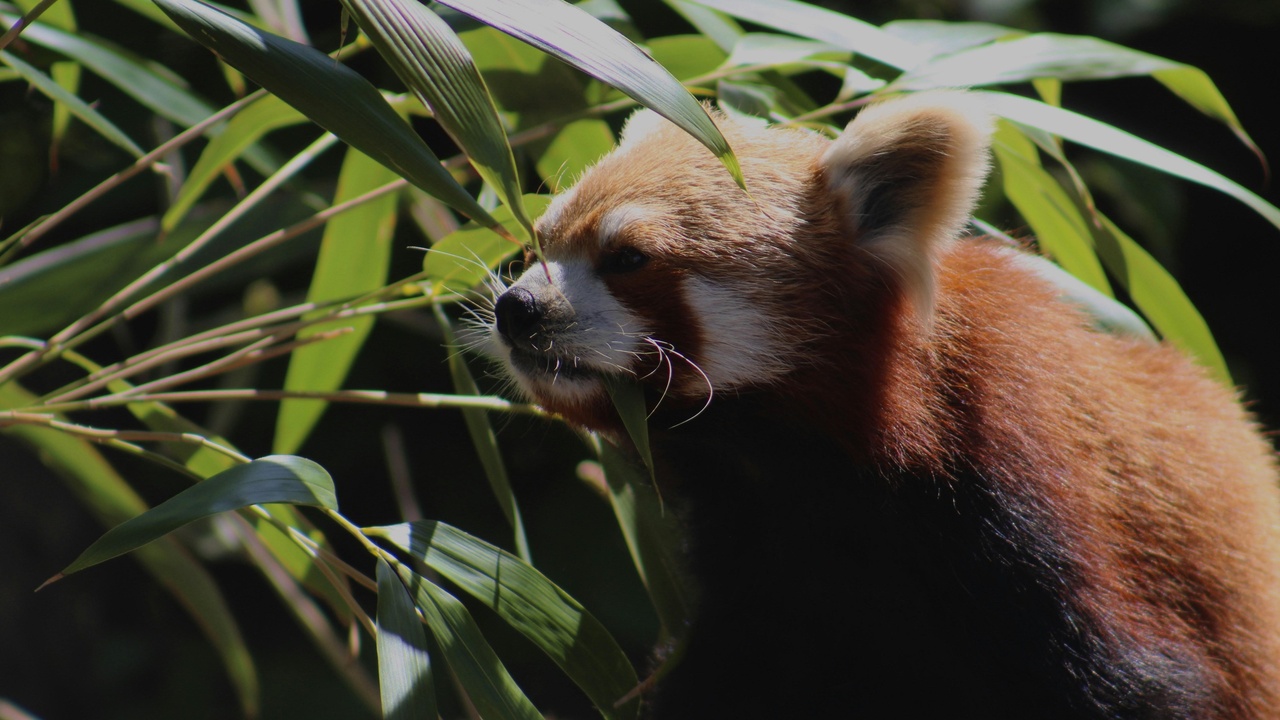
The next four points focus on anatomy and visible features that set the species apart: measurable size and proportions, a ringed tail, distinctive facial markings, and a specialized wrist bone often called a pseudo‑thumb.
1. Reddish-brown fur and facial markings
Red pandas have a reddish-brown dorsum, paler face, and dark tear‑shaped eye patches that contrast with white muzzle markings. This pattern helps break up their outline among moss, lichen and sun‑dappled branches in temperate Himalayan forests, providing effective camouflage.
Some high‑elevation populations show denser pelage—field observations note thicker coats above about 3,000 m—likely an adaptation to colder nights. The charming face mask also makes red pandas highly photogenic, boosting their appeal for wildlife photography and ecotourism.
2. Compact size: weight, length, and tail
Adults typically have a head‑body length around 40–65 cm, with a tail about 28–48 cm long and a weight near 3–6 kg. They’re much smaller than the giant panda and more comparable in size to a large domestic cat or a raccoon in build.
That compact size suits an arboreal lifestyle: a long tail nearly as long as the body aids balance while a relatively light frame reduces the energetic cost of climbing and helps retain heat in cool mountain forests.
3. A bushy, ringed tail for balance and insulation
The bushy tail plays two practical roles: it provides counterbalance when navigating branches and serves as an insulating wrap during cold nights. Observers often record individuals curling the tail around their bodies when resting.
The alternating light and dark rings also help break up the animal’s outline among branches and moss, a subtle camouflage advantage when predators or observers scan the canopy.
4. The pseudo-thumb (radial sesamoid)
Red pandas possess an enlarged radial sesamoid—a modified wrist bone commonly called a pseudo‑thumb—that acts like a sixth digit. Anatomical studies in mammalogy note this adaptation helps them grasp bamboo stems and small branches.
This trait is a clear example of convergent evolution with the giant panda: both use a similar bone modification to handle bamboo, despite different evolutionary histories. In the field you can often see a red panda holding food with one paw and tail balancing on a branch.
Behavior and ecology
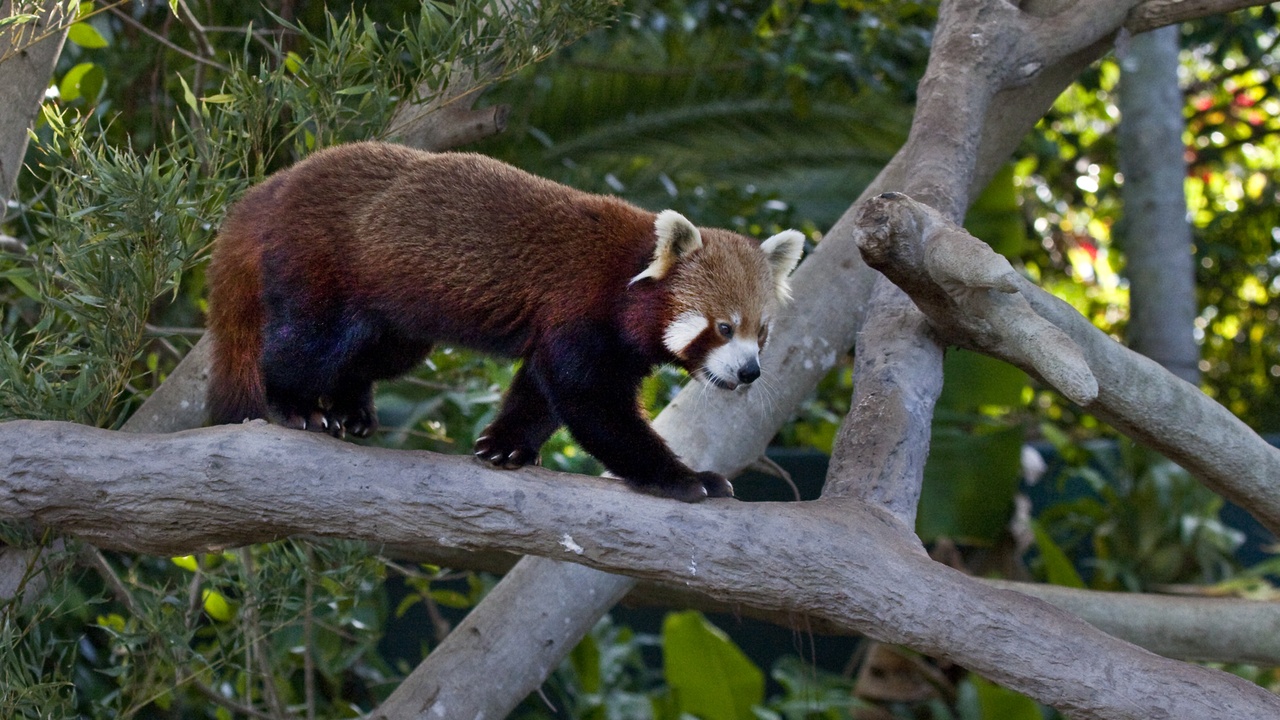
The next three points cover diet, activity patterns, and social behavior—how red pandas fit into their ecological niche across altitudes and seasons.
5. Bamboo-specialist diet with opportunistic feeding
Although often described as bamboo specialists, red pandas are technically omnivores. Much of their diet—especially in core habitat—consists of bamboo leaves and shoots, supplemented by fruits, eggs, insects and occasional small vertebrates.
Their digestive system is relatively simple and not highly efficient at breaking down cellulose, so they must consume large quantities of low‑nutrient bamboo and add higher‑quality items when available. Zoos feed a mix of bamboo and formulated diets to meet nutritional needs.
6. Arboreal lifestyle and activity patterns
Red pandas spend much of their time in trees, using branches for feeding and resting. They are largely crepuscular—most active around dawn and dusk—but can be diurnal in cooler conditions when foraging during daylight helps conserve energy.
Typical elevations range roughly from 2,200–4,800 meters depending on region, and physical adaptations such as semi‑retractable claws and flexible ankles assist climbing and descending head‑first when needed.
7. Mostly solitary, with defined breeding season and offspring care
Outside of mating, red pandas are largely solitary and maintain home ranges. Breeding usually occurs in winter to early spring, and litters typically contain 1–4 cubs.
Females provide most parental care; juveniles remain dependent for several months. Lifespan in the wild averages about 8–14 years, while captive individuals often live longer under managed care.
Conservation and human interactions
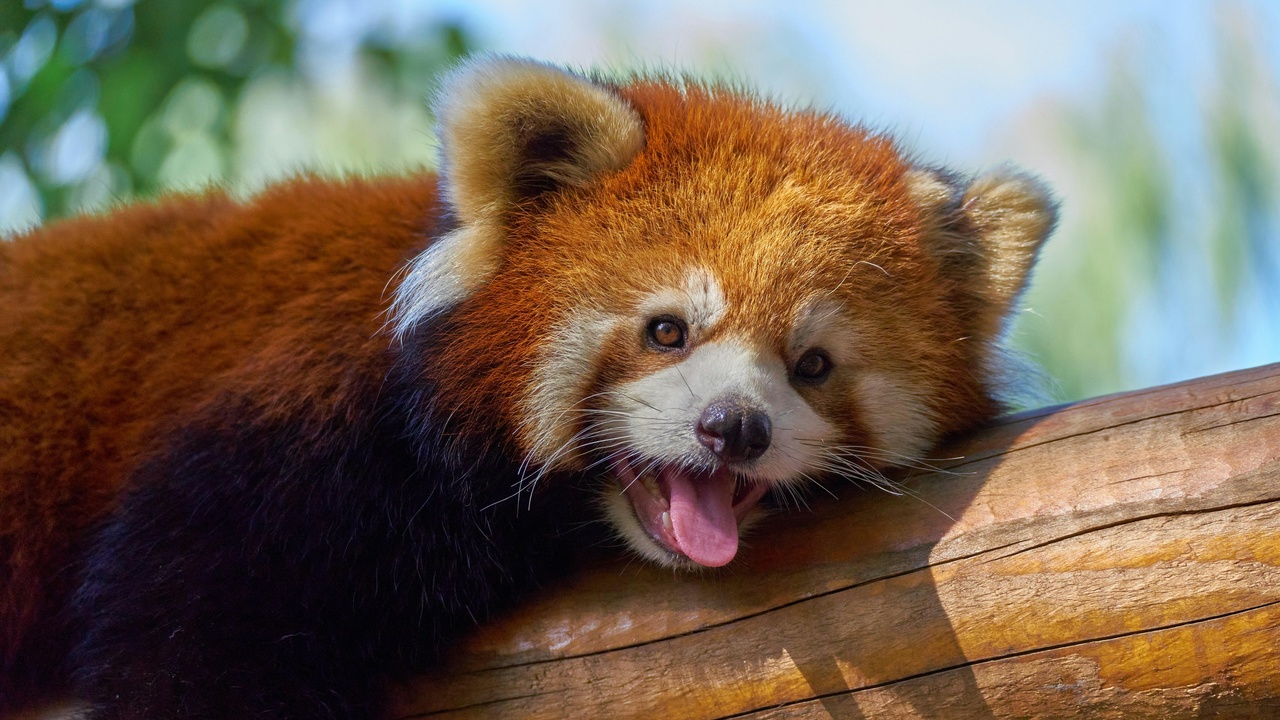
This section covers the species’ conservation status, the human pressures it faces, and practical actions—by organizations and individuals—that aim to secure its future.
8. Conservation status: Endangered and population trends
The red panda is listed as Endangered on the IUCN Red List (assessment 2015), with commonly cited estimates of fewer than 10,000 mature individuals remaining. Surveys and regional reports indicate ongoing declines driven by habitat loss and fragmentation.
Conservation organizations such as the Red Panda Network and WWF publish regular status updates and support community monitoring and protected‑area management to slow declines (see IUCN and Red Panda Network summaries for details).
9. Threats from habitat loss, fragmentation, and human activities
Primary threats include deforestation for agriculture and timber, fragmentation from roads and development, livestock grazing that alters understorey bamboo, and occasional poaching or pet trade incidents. Habitat clearance reduces both bamboo availability and suitable denning sites.
Local case studies document forest conversion in parts of eastern Nepal and road expansion in Sichuan as concrete examples of pressures that isolate populations and raise mortality risks.
10. Conservation actions and how people can help
Efforts to protect red pandas combine protected‑area management, creation of habitat corridors, community‑based monitoring (e.g., Red Panda Network projects), and captive breeding where appropriate. Community engagement is often the most effective way to reduce threats on the ground.
Understanding characteristics of a red panda helps shape conservation priorities: protecting bamboo stands at 2,200–4,800 m, maintaining forest connectivity, and supporting local livelihoods that reduce forest pressure. Readers can help by supporting reputable groups, choosing responsible ecotourism, or taking part in citizen science programs.
Summary
- The red panda is a small, arboreal mammal (about 3–6 kg; 40–65 cm body, 28–48 cm tail) with reddish fur, a masked face, and a pseudo‑thumb that aids in grasping.
- It occupies temperate mountain forests—roughly 2,200–4,800 m elevation—feeds largely on bamboo while supplementing with fruit and insects, and is mostly solitary with litters of 1–4 cubs.
- The species is listed as Endangered (IUCN 2015) with fewer than 10,000 mature individuals; habitat loss, fragmentation, and human activity are primary threats.
- Support practical conservation: donate to organizations like the Red Panda Network or WWF, practice responsible ecotourism, and back habitat restoration and community monitoring programs.
